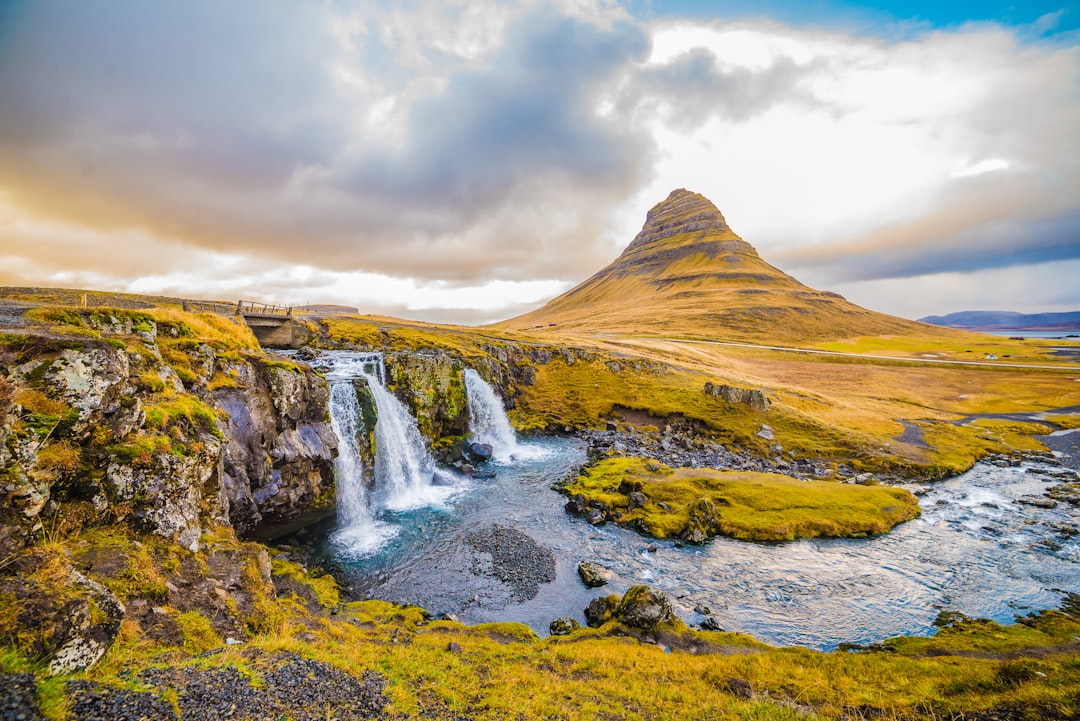When we head out into the great outdoors for a camping trip, we are seeking an escape from the hustle and bustle of everyday life. However, it’s important to remember that we are not the only ones enjoying these natural spaces. Leaving no trace while camping is essential to preserving the beauty of these areas for future generations to enjoy. In this blog post, we will discuss five easy ways to ensure you leave no trace while camping.
1. Pack it in, pack it out
One of the simplest and most important principles of Leave No Trace camping is to pack out everything you bring in. This means bringing a trash bag with you and making sure to pick up all of your trash, food scraps, and any other items you have used during your stay. Leaving trash behind not only detracts from the natural beauty of the area but can also harm wildlife who may come across it. By taking the time to properly dispose of your waste, you are minimizing your impact on the environment and helping to keep the area clean for others to enjoy.
2. Use designated campsites
When setting up camp, it’s important to use designated campsites whenever possible. These sites are typically already established and have been specifically designated for camping, minimizing the impact on the surrounding environment. By using designated campsites, you are helping to prevent damage to fragile ecosystems and wildlife habitats. Additionally, using established campsites helps to concentrate human activity in one area, rather than spreading it out across the land, which can lead to erosion and other environmental issues.
3. Practice Leave No Trace cooking
Cooking while camping can be a fun and enjoyable experience, but it’s important to do so in a way that minimizes your impact on the environment. One of the key principles of Leave No Trace cooking is to use a camp stove instead of a campfire whenever possible. Camp stoves burn cleaner and produce less smoke, which can help to reduce air pollution and prevent damage to the surrounding environment. Additionally, be sure to properly dispose of any food scraps or other waste from your cooking activities to prevent attracting wildlife to your campsite.
4. Respect wildlife
One of the most exciting aspects of camping is being able to experience wildlife in their natural habitat. However, it’s important to remember that we are guests in their home and should always treat them with respect. One way to respect wildlife while camping is to observe them from a distance and never approach or feed them. Feeding wildlife can disrupt their natural behaviors and can also create dependency on humans for food, which can be harmful to their health. By observing wildlife respectfully and from a distance, you can enjoy their beauty without causing harm to them or their habitat.
5. Leave what you find
When exploring the great outdoors, it can be tempting to take home a souvenir as a memento of your trip. However, it’s important to remember that removing natural objects from their environment can have a negative impact on the ecosystem. Instead, practice the principle of Leave What You Find and leave natural objects, such as rocks, plants, and shells, where you found them. By leaving nature as you found it, you are helping to preserve the natural beauty of the area for others to enjoy. Additionally, taking only photographs and memories allows you to leave no trace while still capturing the beauty of the landscape.
In conclusion, leaving no trace while camping is essential to preserving the beauty and integrity of our natural spaces. By following these five easy ways to leave no trace, you can minimize your impact on the environment and help to ensure that these areas remain pristine for future generations to enjoy. So the next time you head out for a camping trip, remember to pack out your trash, use designated campsites, practice Leave No Trace cooking, respect wildlife, and leave what you find. By taking these simple steps, you can enjoy all that nature has to offer while also protecting it for years to come.
